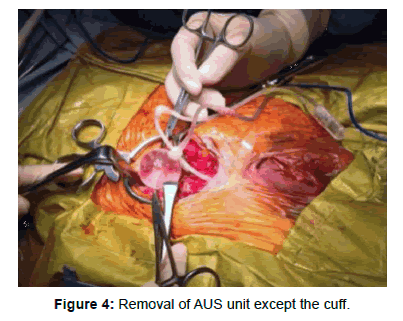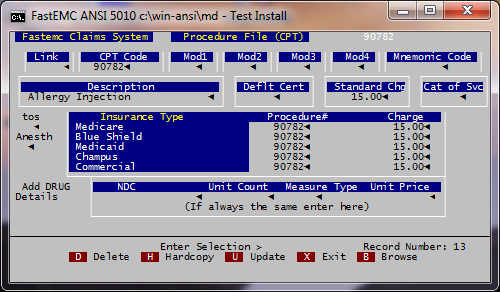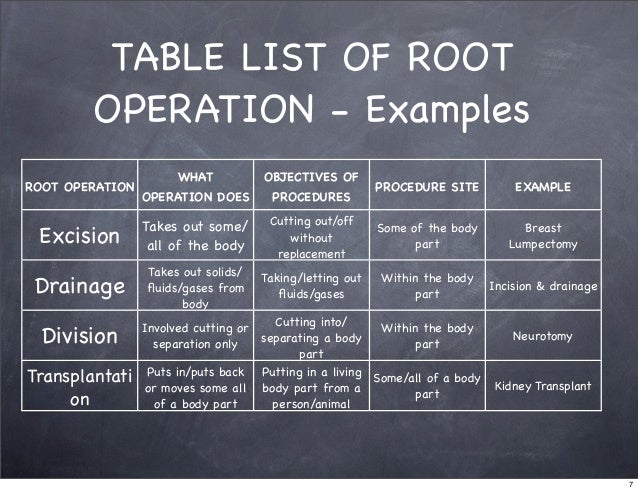

Fungi or other germs also may cause endocarditis. Request an Appointment at Mayo Clinic CausesĮndocarditis occurs when germs, usually bacteria, enter your bloodstream, travel to your heart, and attach to abnormal heart valves or damaged heart tissue.

These signs and symptoms may mean you're having a reaction to your prescribed antibiotic. If you're being treated with antibiotics for endocarditis, tell your doctor if you develop diarrhea, a rash, itching or joint pain. If you've been diagnosed with endocarditis, tell your doctor about any signs or symptoms that may mean your infection is getting worse, such as: Although less serious conditions can cause similar signs and symptoms, you won't know for sure until you're evaluated by your doctor.

If you have signs or symptoms of endocarditis, see your doctor as soon as possible - especially if you have risk factors for this serious infection, such as a heart defect or history of endocarditis.
#IVCD 10 FOR SURGICAL SCAR EXPLORATION SKIN#
Red, tender spots under the skin of your fingers or toes (Osler's nodes).Red spots on the soles of your feet or the palms of your hands (Janeway lesions).Tenderness in your spleen, which is an infection-fighting organ located just below your left rib cage.Blood in your urine, which you might be able to see or that your doctor might see when he or she views your urine under a microscope.Less common signs and symptoms of endocarditis can include: A new or changed heart murmur, which is the heart sound made by blood rushing through your heart.Flu-like symptoms, such as fever and chills.Signs and symptoms of endocarditis can vary from person to person.Ĭommon signs and symptoms of endocarditis include:
#IVCD 10 FOR SURGICAL SCAR EXPLORATION MANUAL#
There are also multiple examples in the ICD-10-PCS Reference Manual to help you better understand the procedure approaches.Endocarditis may develop slowly or suddenly, depending on what germs are causing the infection and whether you have any underlying heart problems. These are but a few examples of these selected approaches. Defined as “entry of instrumentation through a natural or artificial external opening to reach and visualize the site of the procedure, and entry, by puncture or minor incision, of instrumentation through the skin or mucous membrane and any other body layers necessary to aid in the performance of the procedure.” One example is an “LAVH” or laparoscopic assisted vaginal hysterectomy. Via Natural or Artificial Opening with Percutaneous Endoscopic Assistance is for limited procedures only in the Female Reproductive System. Examples of external approach procedures are closed fracture reduction, laceration repair of skin or mucous membranes, and excisional debridement of skin only. Examples of percutaneous approach are arterial/venous catheter placement, coil embolization of artery, drainage of subdural hemorrhage via burr hole, laser trabeculoplasty, and PTCA of the coronary artery.Įxternal approach is for procedures performed directly on the skin or mucous membrane and procedures performed indirectly by the application of external force through the skin or mucous membrane. Percutaneous approach is entry, by puncture or minor incision, of instrumentation through the skin or mucous membrane and/or any other body layers necessary to reach the site of the procedure. Percutaneous endoscopic-assisted procedures are coded to the open approach as stated above. This approach includes procedures whereby the procedure is performed entirely by percutaneous endoscopic approach.

Examples include knee arthroscopy and laparoscopic cholecystectomy. Percutaneous endoscopic approach is entry, by puncture or minor incision, of instrumentation through the skin or mucous membrane and/or any other body layers necessary to reach and visualize the site of the procedure. These are necessary for percutaneous procedures. This would be coded as an open approach since the laceration has cut through the external body layers exposing the muscle.Ī small nick in the skin or small incision made in the skin does not constitute an open approach. A different example of an open approach is repair of second-degree obstetrical laceration of the perineum. An example of this is laparoscopic-assisted bowel resection/excision and nephroureterectomy via hand-assisted laparoscopy. If procedures are performed using the open approach with percutaneous endoscopic assistance or hand-assisted laparoscopy they are coded as open. Open approach is cutting through the skin or mucous membrane and any other body layers necessary to expose the site of the procedure.


 0 kommentar(er)
0 kommentar(er)
